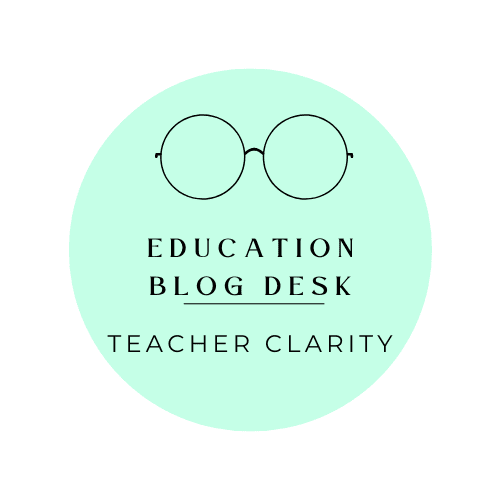Introduction Have you ever faced this struggle: should I focus on academic content or boost social emotional character development? I am sure educators have encountered this dilemma many times, including myself. With no guidance on the topic, it is hard to know how to teach it to students. I have been thinking about social emotional learning for some time. I came across an article “Making...
Powerful Learning strategies focuses on three drivers: Strategic Instruction, Authentic Engagement, and Connecting and Contributing.
